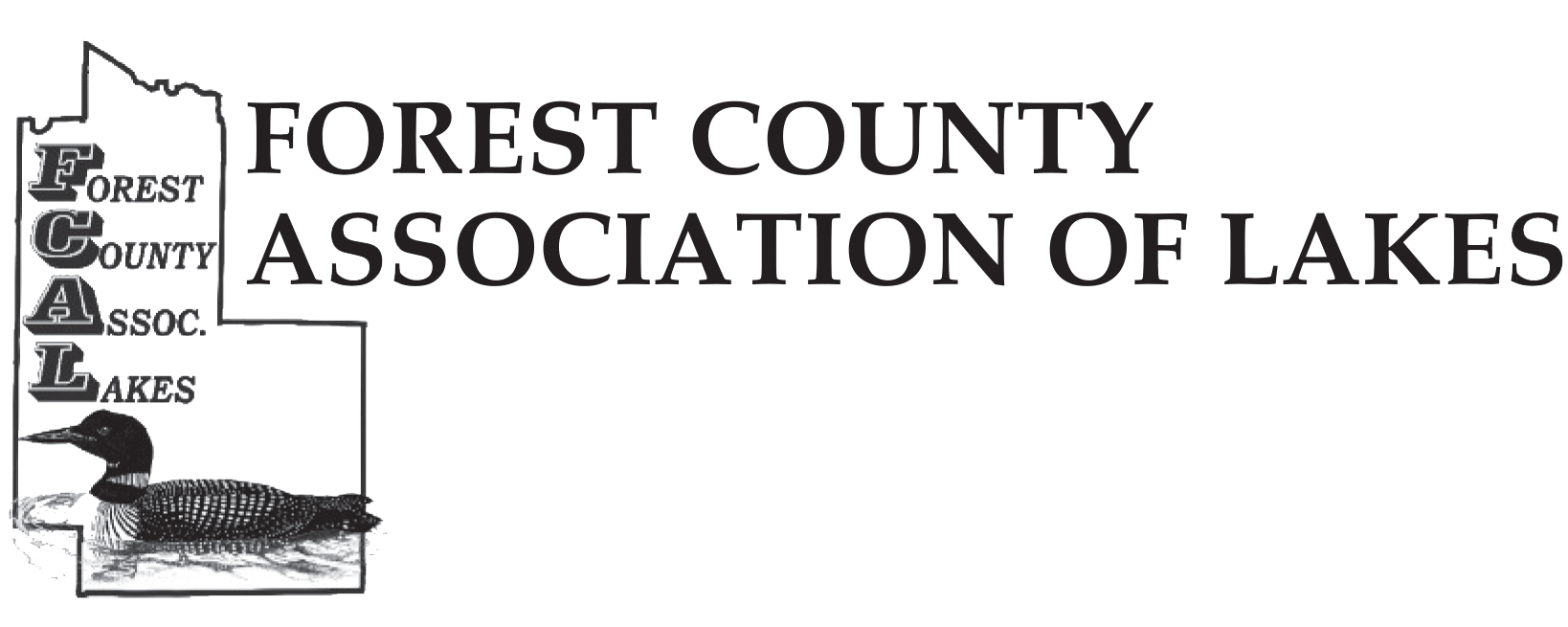As Spring approaches and our lakes open up, one of the issues that came to my attention is Shoreland Lighting. During the daytime Shorelands are heavily used for recreation. Artificial lighting allows us to engage in nighttime activities that would be impossible or unsafe under normal nighttime conditions. Whether it’s boating, fishing or simply sitting on the porch to read, our enjoyment of the night is enhanced by the use of artificial light. At the same time, our rivers and lakes at night provide a quiet open dark space that gives us privacy and an opportunity to enjoy the heavens. Balancing the ability to see at night with the desire to preserve the beauty of the night is the goal of sensible shoreland lighting.
Sensible lighting can minimize the three most serious problems along our shorelands:
Glare: The first principle of good lighting is to illuminate only what we wish to see. When we see a distant point of light across the water, when we are seeing light from the fixture itself rather than what the fixture is meant to illuminate, we are observing glare. Poorly-designed or poorly installed lighting causes glare that can severely hamper the vision of boaters, pedestrians, cyclists, and drivers, creating a hazard rather than increasing safety.
Light Trespass: Light trespass is a light fixture on one property that illuminates an adjacent or nearby property. Light trespass is not a legal concept, but rather a description of the nuisance effect of improperly aimed lights on someone else’s property. We all have seen street lights, commercial lights or residential lights spilling over onto adjacent property, causing illumination where it was not meant to be. Because the waterfront is unobstructed, water reflects glare from shoreland lights over the water to trespass on distant properties.
Sky Glow: Much of our exterior lighting shines directly upward, causing the sky above our cities to glow and washing out our view of the dark night sky. Billboard lights that shine upward, street lights that bounce light off pavement, and commercial and residential lighting open to the sky all contribute to sky glow.
Installing sensible shoreland lighting can be especially challenging because of the ability of water to both reflect light and provide an unobstructed view from far away. Anyone who has seen the moon rise over the water appreciates how reflective the water can be. Artificial light placed at the shoreland is free to carry across the water for long distances.
Waterfront lighting is often used to identify a pier or marina for boaters on the water after dark. Taverns and restaurants use neon signs to attract customers off the water. Dams and other structures use lights to warn of dangers to navigation. Mills, factories, ballfields and other facilities near the water also light the shoreland. While these uses of artificial lighting are legitimate, we must also take into con-sideration those people who can see those lights, but are not using them.
The most common shoreland lights are attached to homes, garages, piers and other structures on waterfront residential property. While we may notice the glare from an unshielded garage light across the lake, it’s likely that we’ve never ventured across the lake at night to see how our own home lights the night. Let’s start by making our own lighting sensible and unobtrusive, only then helping our neighbors “see the light.”
Solving shoreland lighting problems always involves working with our neighbors. You may have spent some time working on this problem, others may not have thought about it at all. An easy first step to educating our neighbors and ourselves about a perceived lighting problem is to identify all the sources of glare along the shoreland.
If you are talking individually to a neighbor about a lighting problem, a careful explanation may be all that’s needed. Keep in mind that your neighbor probably has concerns about their safety and security and feels that their bright light is a good solution to their concerns. Above all, be tactful and courteous. Understand some of the facts about different lighting fixtures, energy savings, and the differences between a good security light and a light that is just very bright. Most people like to be helpful and cooperative when approached in a friendly and cooperative manner.
Municipalities in a number of states have enacted lighting control ordinances. These measures prohibit inefficient, low-quality lighting. Lake and homeowner associations or municipalities interested in regulating shoreland lighting can take example from the following section of the Oneida County, Wisconsin zoning code, which focuses on pier lighting:
- Flashing and rotating lights are prohibited.
- Lighting inside a boathouse and intended to illuminate its interior is permitted.
- Lighting on exteriors of berthing structures shall be fitted with opaque shields to prevent direct visibility of the lamp to persons on public waters or adjacent lands more than50 feet beyond the berthing structure.
- Lighting not mounted on a berthing structure but designed to illuminate a berthing structure or its immediate vicinity shall comply with subparagraph 3 above.
- Lighting installed on, or intended to illuminate, seasonally-used berthing structures shall be turned off when not required for safety or security.
- Public marinas may install illuminated signs with opaque shaded or shielded lighting that provide information pertaining to applicable federal state or municipal rules and regulations relating to electrical, fueling, waste and sewage disposal or other safety and environmental matters. Such sign illumination shall not be visible off the berth structure.
Eliminating glare and light pollution saves money while reducing our impact upon our neighbors and creatures of the night.
Conservation Corner is a weekly article produced by the Forest County Land &Water Conservation Department. For more information contact Steve Kircher, County Conservationist-Land Information/GIS Director at 715-478-1387 or by e-mail at
